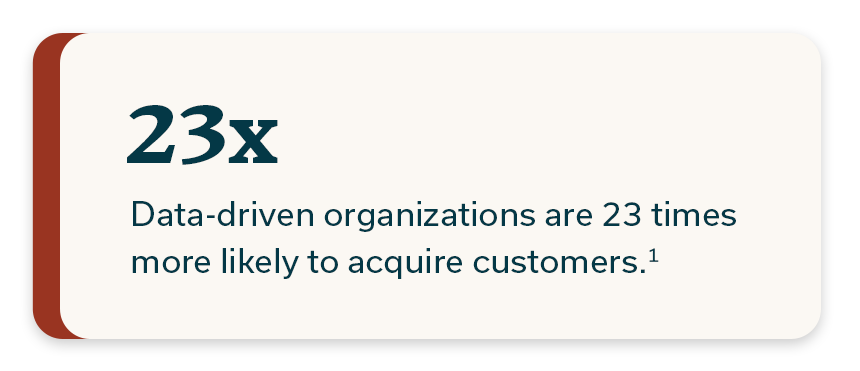
Editor’s Note: You’re facing unprecedented business challenges. You need more than theories—you need a blueprint. Welcome to a Leader’s Blueprint, your weekly guide to proven strategies that get results.
It’s the annual planning meeting, and the star project is unveiled—a massive digital transformation, a new product line, a major platform overhaul. It has executive backing, a compelling narrative, and a huge budget. Everyone nods; it feels right. The entire organization begins to mobilize, committing months, or even years, of effort to this single, big bet.
But deep down, a quiet question lingers: “How do we know this is what customers actually want?” Too often, the answer is, “We just do.” You’re building what you think the market needs, hoping your intuition pays off, all while precious resources are poured into an unvalidated future.
The Hidden Costs of Unvalidated Bets
When an investment is based on an unvalidated assumption—even a “really good” one—the cost isn’t just the initial budget. It’s a cascade of failures that silently drain your organization’s potential and can lead to significant financial losses.
- Wasted Capacity: Entire departments spend months building a complex solution that customers don’t adopt, leading to 100% opportunity cost. That’s time and talent you will never get back, delaying other potentially valuable initiatives.
- Delayed Value & Diminished Competitive Advantage: While you’re busy building the wrong thing, your competitors are capturing market share by solving the real customer problem first. This directly impacts your growth, market position, and ability to innovate, leaving you to play catch-up.
- Eroding Morale: Nothing burns out a team faster than seeing their hard work and long hours shelved because the initial hypothesis was wrong. It breeds cynicism and resistance to the next big idea, impacting future productivity and retention.

From Gambling to Learning: A Glimpse of the Solution
The antidote to this high-stakes gambling is to treat big ideas not as directives, but as hypotheses. In SAFe®, this is the core of the Validating Investment Opportunities competency.
Instead of funding a massive, multi-year project, you fund the smallest possible experiment—a Minimum Viable Product (MVP)—designed to test a critical hypothesis with real customers. By applying a rapid Build-Measure-Learn cycle, you use real data—not opinions—to decide whether to pivot, persevere, or stop the initiative before you’ve wasted millions. This shifts the conversation from “Are we finished?” to “Did we learn?” It’s about reducing waste, de-risking innovation, and accelerating value delivery by ensuring your investments align with real customer needs.
Your First Step
You can start de-risking your investments this week. Look at the biggest, most expensive initiative (Epic) currently funded or being considered in your portfolio. Write down in the lean business case, what business outcome do we hypothesize will occur because this is delivered to our customers? Ask product leadership and architects, what’s the smallest thing we can build in under 3 months to see if that hypothesis might be true?
Then, gather the Epic Owner and relevant Business Owners and ask this one crucial question:
“What is the single, riskiest assumption this entire investment rests upon, and what is the cheapest, fastest experiment we could run next week to prove or disprove that assumption with real customer feedback?”
If the answer involves building a large part of the final product, you’re still planning a bet, not a validated investment. Your goal is to find the smallest actionable learning, not the first deliverable.
Unlock the Full Blueprint
Knowing you should test assumptions is easy. Building an organizational system that does it repeatedly, at scale, is hard. The Validating Investment Opportunities competency provides a complete blueprint for defining Epics, crafting compelling MVPs, and establishing the processes to make data-driven portfolio decisions that accelerate learning and value.

Stop betting the business on a guess.
Unlock the full SAFe Framework, with the competencies and guidance needed to build an organization that out-learns the competition. Get complete access by purchasing your SAFe® Insider membership today.
In this Series:
- Catch up on last week’s post: Organizing Portfolios
- Coming up next: Managing a Balanced Portfolio
1 Stanford University, “Top 20 Reasons Startups Fail,” VCS 2019 Conference Report, 2018, accessed October 28, 2025, https://conferences.law.stanford.edu/vcs2019/wp-content/uploads/sites/63/2018/09/001-top-10.pdf







